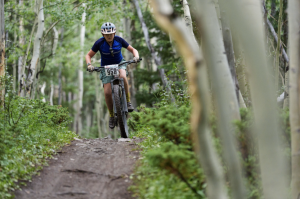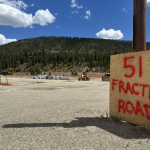Letter to the editor: Solutions for hiker, biker conflict on Aspen Alley
Breckenridge

I love riding Aspen Alley, and my wife and son love hiking it. We can appreciate the attraction for the trail especially when the Aspens turn yellow. Whether we are hiking or riding, we follow the courteous rules of the trail and are cheerful to the fellow outdoor enthusiasts. But because it is a narrow trail and designed to support fast-flowing, single-track riding, we are not surprised about the potential danger.
The Aspen Alley article states the Breckenridge town staff and council discussed possible solutions to solve the conflict between hikers and riders, but all have limits and none of which will make both riders and hikers happy.
The article does not state whether the council is considering the long-range solution of what I believe is the obvious solution, which is to create an additional/separate trails in that corridor that would allow for one for hikers and one for bikers.
There are trails (or at least some sections) that separate hikers and bikers or up-hill versus downhill traffic, such as on Flumes, Barney Flow/Moonstone. Hikers have even created their own trail up through the Carter Park switch back trail to avoid the downhill bike riders. Why not on Aspen Alley as well? I realize that space and terrain may be an issue with this solution, and another trail requires extra work/maintenance, but is this an option worth exploring the option?
Even if the trail conflict is solved, the Sawmill parking area (which also supports the Blue River trailhead) cannot support the high demand for this area in the fall. Maybe this is what is also making people unhappy on the trail. The January snow sculpture contest requires registering for a time slot to view the event. Maybe having the same kind of registration will help control the parking problem.

Support Local Journalism

Support Local Journalism
As a Summit Daily News reader, you make our work possible.
Summit Daily is embarking on a multiyear project to digitize its archives going back to 1989 and make them available to the public in partnership with the Colorado Historic Newspapers Collection. The full project is expected to cost about $165,000. All donations made in 2023 will go directly toward this project.
Every contribution, no matter the size, will make a difference.





